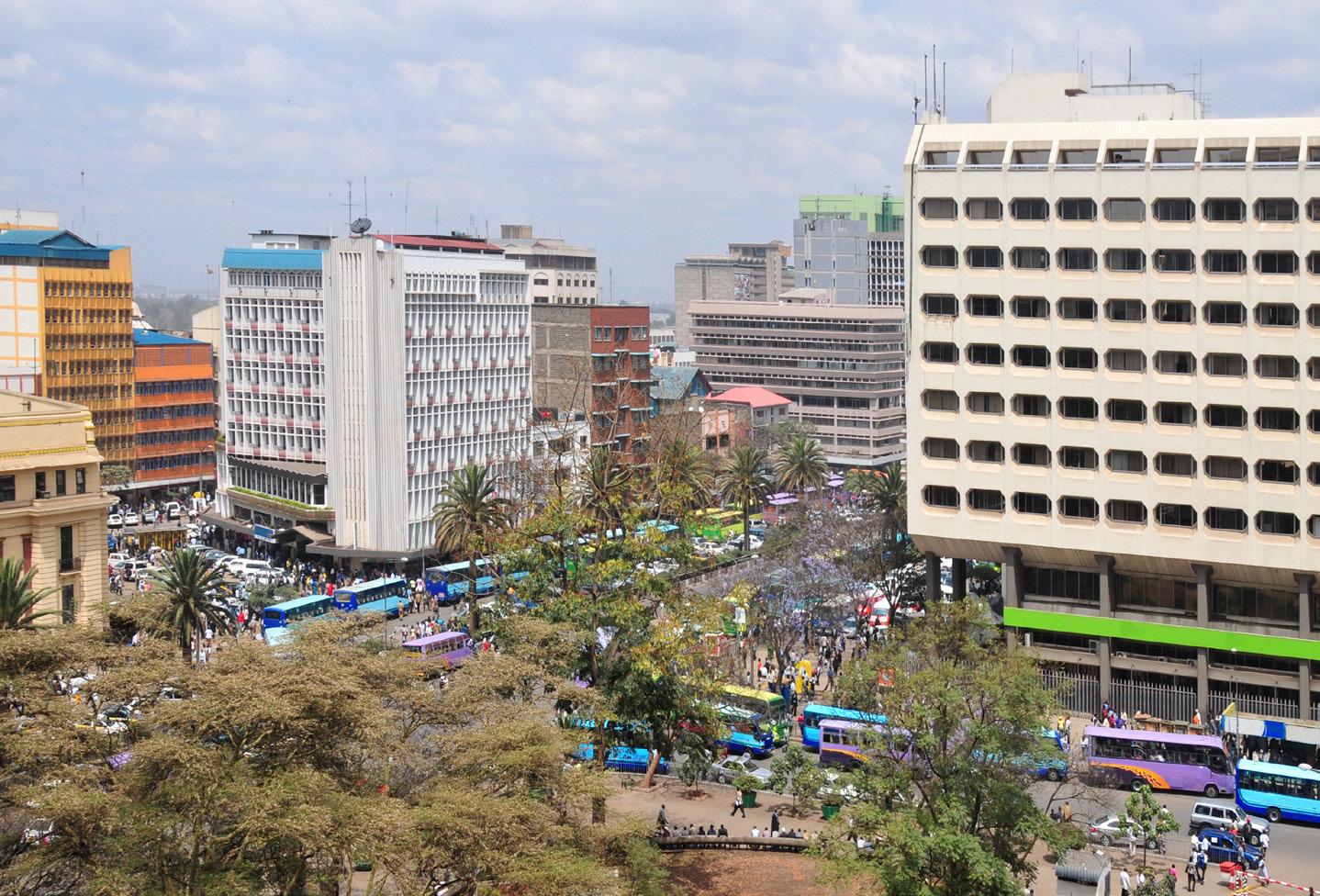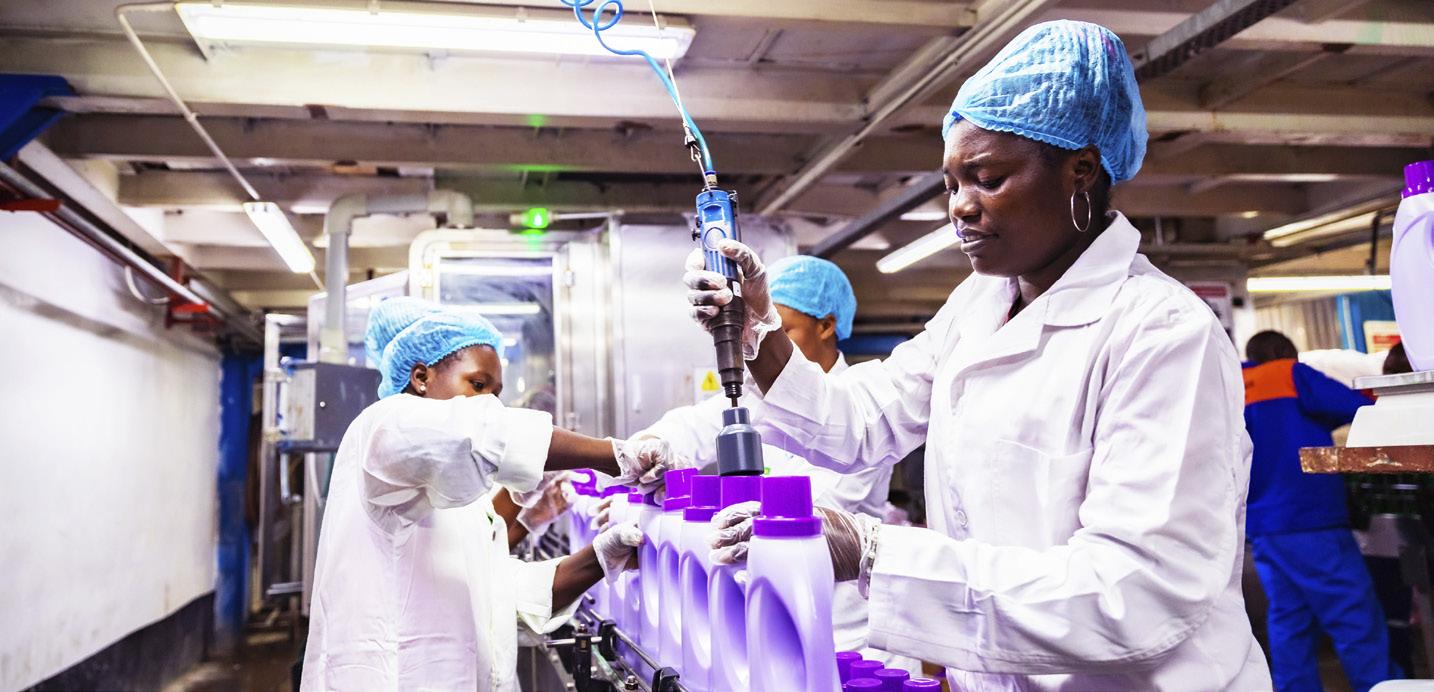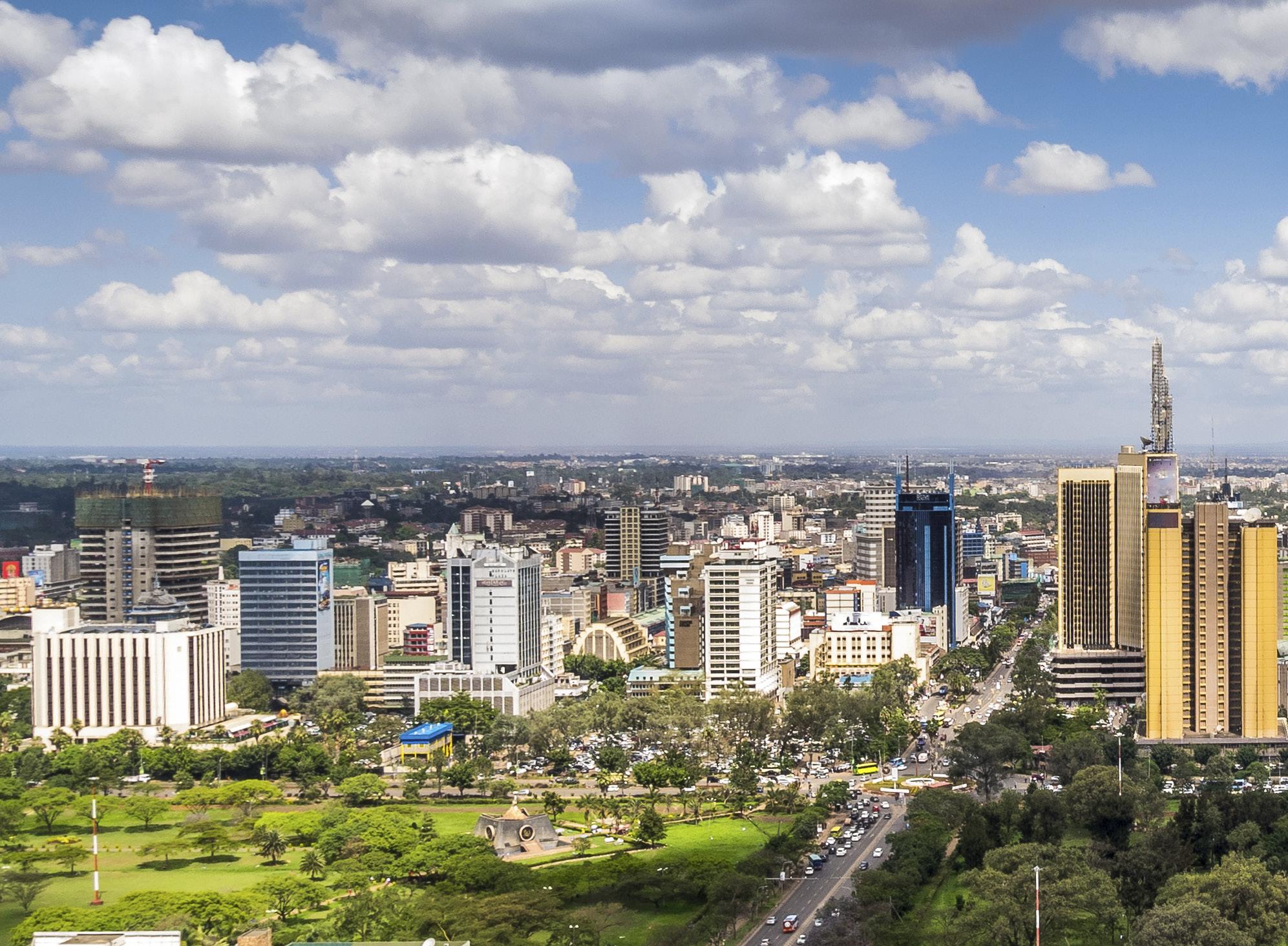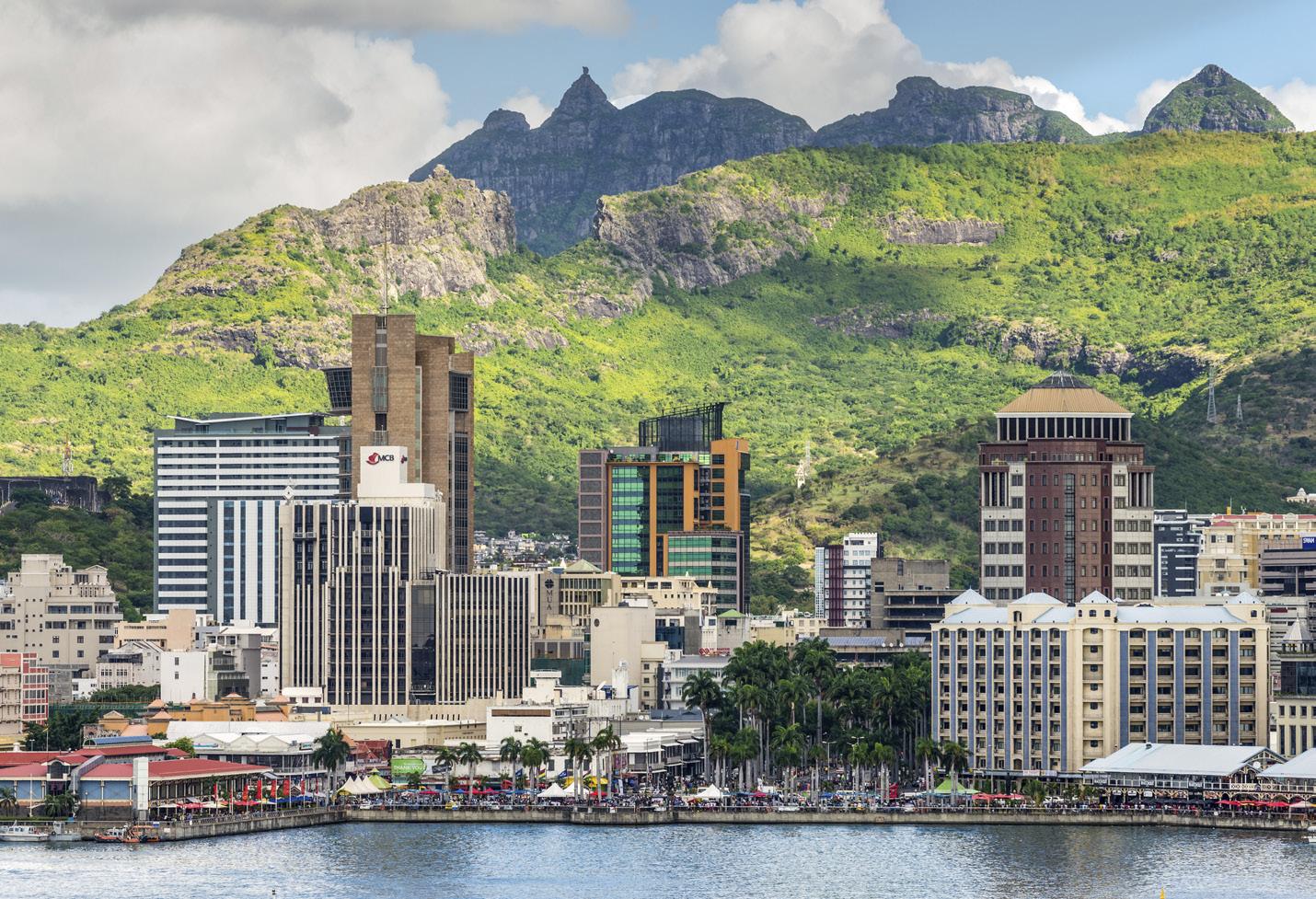OVERVIEW
Banking and financial services Mobile payment applications are growing more sophisticated.
SECTOR INSIGHT The West African franc is no more.
New branding in Botswana.
M
ore than 500-million Africans have Internet access and most of those people use mobile devices to connect. This number continues to grow quickly and it is no surprise that many of the most innovative startups are in the fintech sector. With movement restricted by Covid-19 lockdown regulations, even more customers signed up for mobile money solutions. Transactions in Rwanda increased five-fold by late April and a Nigerian payments firm, Paga, reported a 330% increase in customer signups in the second quarter (The Economist). M-Pesa launched in 2007 in Kenya and has grown steadily ever since. M stands for mobile and pesa is the Swahili word for
AFRICAN BUSINESS 2021
46
money. M-Pesa is operated by Safaricom and Vodacom and has more 41-million customers i n s e ve n c o u n t r i e s, t h e Democratic Republic of Congo, Egypt, Ghana, Kenya, Lesotho, Mozambique and Tanzania. In 2019, a total of 12-billion transactions were recorded. Th e ave r a g e m o n t h l y amount processed by M-Pesa is $1.9-billion. Similar services are offered in Zimbabwe by EcoCash, Ethiopia’s M-Birr and services like Orange Money and Airtel Money. M T N ’s m o b i l e m o n e y platform, MoMo, has connected more than 13-million users in 14 African countries. Customers can pay salaries, buy airtime or data, pay bills, among other services. Where 170-million Africans had access to banking in 2012, that number grew to nearly 300-million in 2018. The consulting group McKinsey expects that number to reach 450-million by 2022. The presidents of Ivor y Coast and France agreed in 2019 that the West African

















